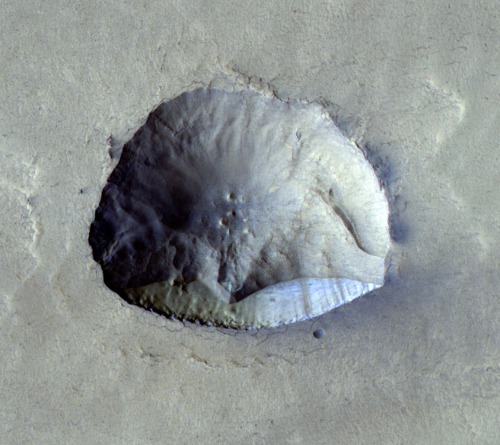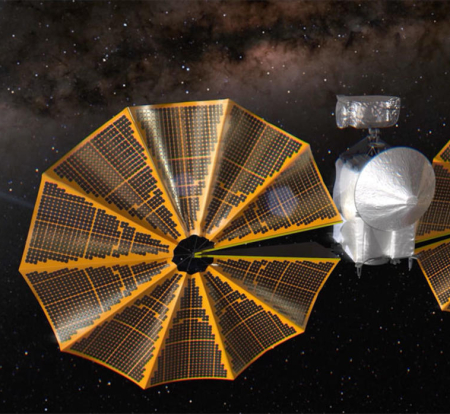Scientists discover underground reservoir of hydrogen, likely ice, near Martian equator
In what could be a very significant discovery, scientists using Europe’s Trace Gas Orbiter (TGO) have discovered a surprisingly large underground reservoir of hydrogen, likely ice, near Martian equator and inside the solar system’s largest known canyon, Valles Marineris.
The map to the right, reduced to post here, provides all the important data. From its caption:
The coloured scale at the bottom of the frame shows the amount of ‘water-equivalent hydrogen’ (WEH) by weight (wt%). As reflected on these scales, the purple contours in the centre of this figure show the most water-rich region. In the area marked with a ‘C’, up to 40% of the near-surface material appears to be composed of water (by weight). The area marked ‘C’ is about the size of the Netherlands and overlaps with the deep valleys of Candor Chaos, part of the canyon system considered promising in our hunt for water on Mars.
What the caption does not note is the latitude of this hydrogen, about 3 to 10 degrees south latitude. Assuming the hydrogen represents underground ice, this would be the first detection on Mars below 30 degrees latitude, and the very first in the equatorial regions. Data from orbit has suggested that Mars has a lot of water ice, found near the surface more and more as you move into higher latitudes above 30 degrees and making Mars much like Antarctica. Almost no ice however had until now been detected below 30 degrees latitude. As the European Space Agency’s press release noted,
» Read more







